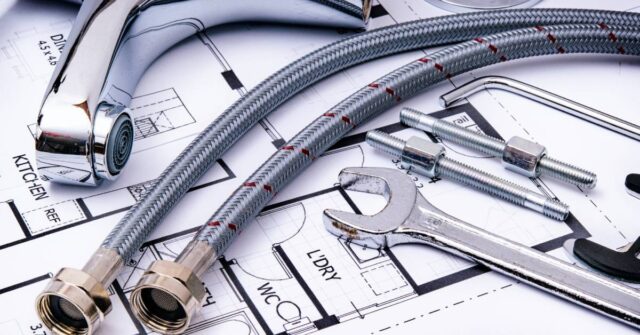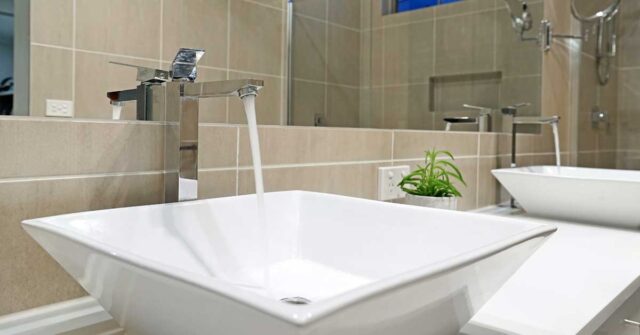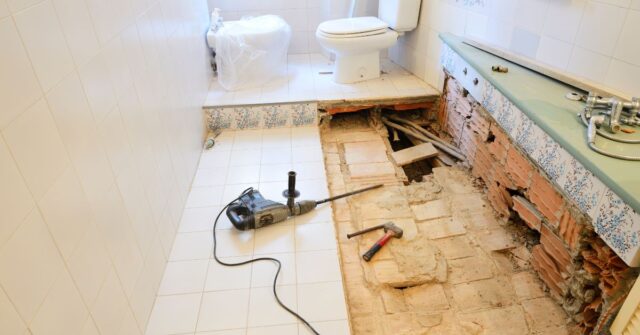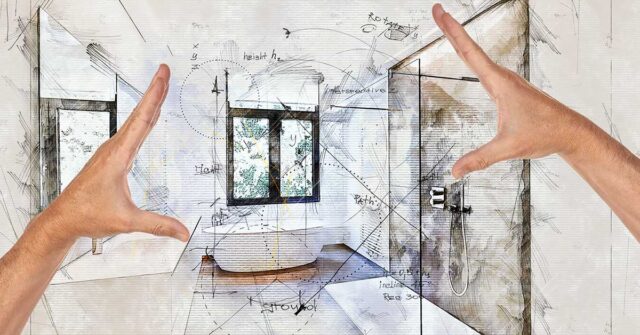Embarking on a bathroom renovation can transform your home and increase its value. However, it’s crucial to understand the various financing options available to ensure your project doesn’t stall.
This guide will walk you through different ways to finance your bathroom renovation, tailored for Australian homeowners.
Understanding the Costs of Bathroom Renovations
In Australia, bathroom renovations vary widely in cost, depending on size, materials, and labour. Understanding these costs is the first step to planning your renovation budget.

Typical Price Range for Renovations in Australia
On average, a standard bathroom renovation in Australia can cost anywhere between $10,000 to $35,000. However, this range can increase with high-end fixtures and finishes.
Factors That Influence the Cost of Renovations
Several factors affect renovation costs, including the size of the bathroom, the quality of materials, structural changes, and labour costs.
It’s important to consider these elements when planning your budget.
Estimating Your Bathroom Renovation Budget
To estimate your budget, itemize each aspect of the renovation. Consider consulting with professionals for accurate quotations and include a buffer for unexpected costs.
Evaluating Your Current Financial Position
Before seeking financing options, assess your financial health. Analyze your savings, income, and expenses to determine how much you can comfortably invest in your renovation.
Assessing Your Savings and Liquid Assets
Look at your savings and liquid assets. These funds are the most accessible and can be a good starting point for financing your project without incurring debt.
Understanding the Impact on Your Monthly Budget
Any financing option will impact your monthly budget. Ensure that loan repayments or credit card charges do not overextend your financial commitments.

Financing Options for Your Renovation Project
There are several financing options available, each with its own benefits and drawbacks. Your choice will depend on your financial situation and preferences.
Personal Savings: Planning and Budgeting
Using personal savings to fund your renovation is ideal as it avoids debt. Start by setting a savings goal and create a budget to achieve it.
Unsecured Personal Loans: Pros and Cons
Unsecured personal loans can be a quick way to access funds, but they often come with higher interest rates compared to secured loans.
Home Equity Loans: Leveraging Your Home’s Value
If you have equity in your home, you may consider a home equity loan. This option typically offers lower interest rates because it’s secured against your property.
Refinancing Your Mortgage for Renovation Funds
Refinancing your mortgage can release equity in your home to fund renovations. This could result in a lower interest rate but may extend the term of your loan.
Construction Loans: A Step-by-Step Guide
Construction loans are designed for home renovations, allowing you to draw down funds as needed and only pay interest on the amount used.
Government Grants and Support
Check for any government grants and support that might be available for bathroom renovations, as these can significantly reduce your out-of-pocket costs.

Eligibility for Home Renovation Grants in Australia
Some Australian states offer renovation grants for specific improvements that increase home sustainability or for heritage-listed properties.
Navigating the Application Process
The application process for government grants can be complex. It’s essential to understand the criteria and provide all necessary documentation.
Credit Options: Credit Cards and Store Finance
For smaller renovation projects or final touches, credit cards or store finance can be convenient. However, be mindful of high interest rates and repayment terms.
Interest-Free Deals and the Fine Print
Many retailers offer interest-free periods for store finance. Read the fine print to understand the terms and avoid hefty fees at the end of the interest-free period.
Comparing Credit Card Offers for Home Improvements
Credit cards can offer rewards and protection for purchases. Compare offers to find the best rates and terms that suit your renovation timeline and budget.
Practical Money-Saving Tips for Your Renovation
While financing is important, so is finding ways to save money during the renovation process. These tips can help you keep costs down without compromising on quality.

Cost-Effective Renovation Ideas
Consider cost-effective alternatives such as refinishing existing fixtures, buying off-the-shelf products, and choosing mid-range rather than high-end finishes.
How to Get the Best Quotes from Contractors
Get multiple quotes and negotiate with contractors. Be clear about your budget and ask for a breakdown of costs to identify potential savings.
DIY vs. Professional Renovations: Cutting Costs Wisely
Assess what parts of the renovation you can realistically do yourself to save on labour costs. However, for plumbing and electrical work, always hire licensed professionals.
Understanding the Tax Implications
Renovations can affect your taxes, especially if you plan to sell your home. It’s important to know what tax implications your renovation might have.
Potential Deductions for Renovation Expenses
In some cases, renovations can be tax-deductible. This typically applies if you’re renovating a property that generates income, like a rental.
Capital Gains Tax Considerations
Renovations can increase the value of your property, which may affect the capital gains tax if you sell. Consult with a tax professional to understand your position.
Insurance and Protections
Renovating your home can affect your home insurance policy. Ensure you have the right coverage in place before work begins.

Renovation Insurance: What You Need to Know
Renovation insurance can cover damage or loss related to the renovation. It’s different from standard home insurance and could be a worthy investment.
Consumer Protections: Contracts and Guarantees
Understand your rights and protections as a consumer. Ensure all contracts are in writing and be aware of the guarantees and warranties on workmanship and materials.
Planning for the Unexpected: Contingency Funds
Unplanned expenses are common in renovations. Setting up a contingency fund can prevent financial strain from these unexpected costs.
How Much Should You Set Aside?
It’s advisable to set aside 10-20% of your total renovation budget for unforeseen expenses. This will help you manage any surprises without needing additional financing.
Managing Unplanned Expenses During Renovations
Keep track of your expenses and contingency funds. If unexpected costs arise, evaluate the necessity of the expense or if it can be deferred.

Final Thoughts: Making Smart Financial Decisions
Renovating your bathroom is a significant financial commitment. Making informed, smart financial decisions will ensure your project’s success without compromising your financial security.
When to Consult a Financial Advisor
If you’re uncertain about the best way to finance your renovation, consulting with a financial advisor can provide personalized advice suited to your financial situation.
Creating a Timeline for Your Financial Plan
Plan your renovation timeline in conjunction with your financial plan. This will help you manage cash flow and ensure you have funds available when needed.





